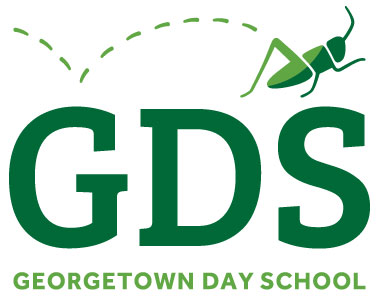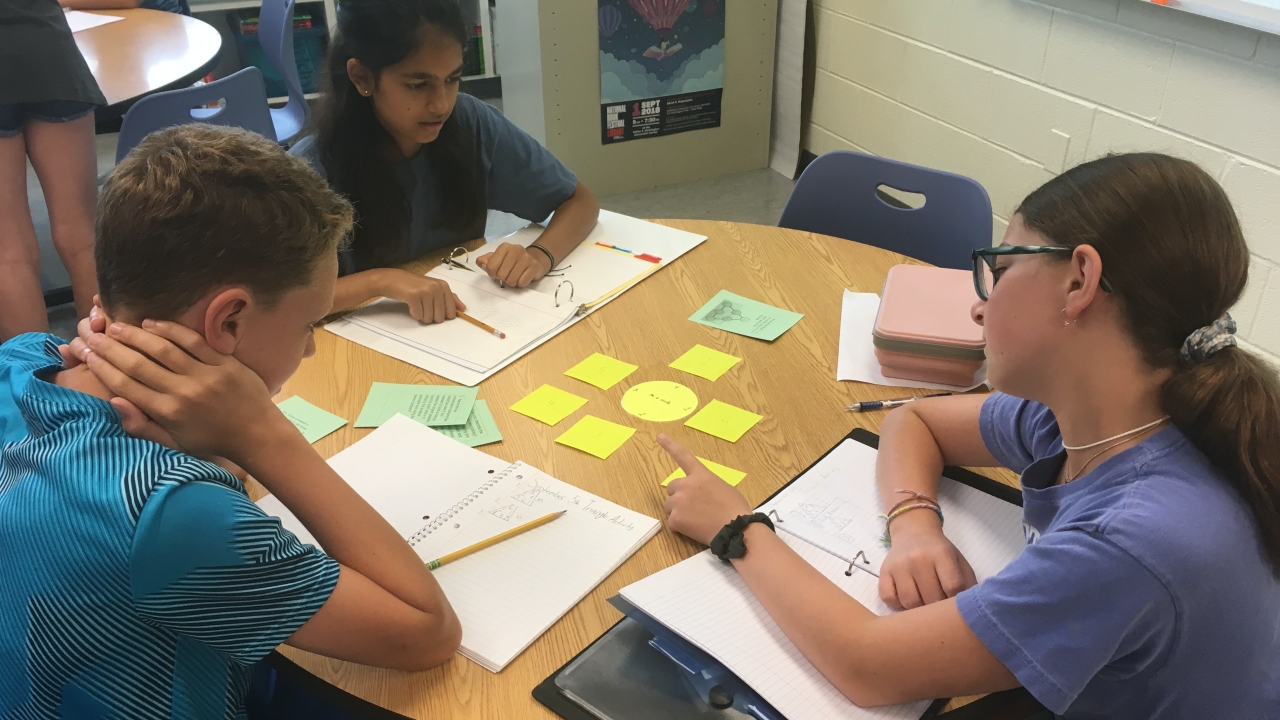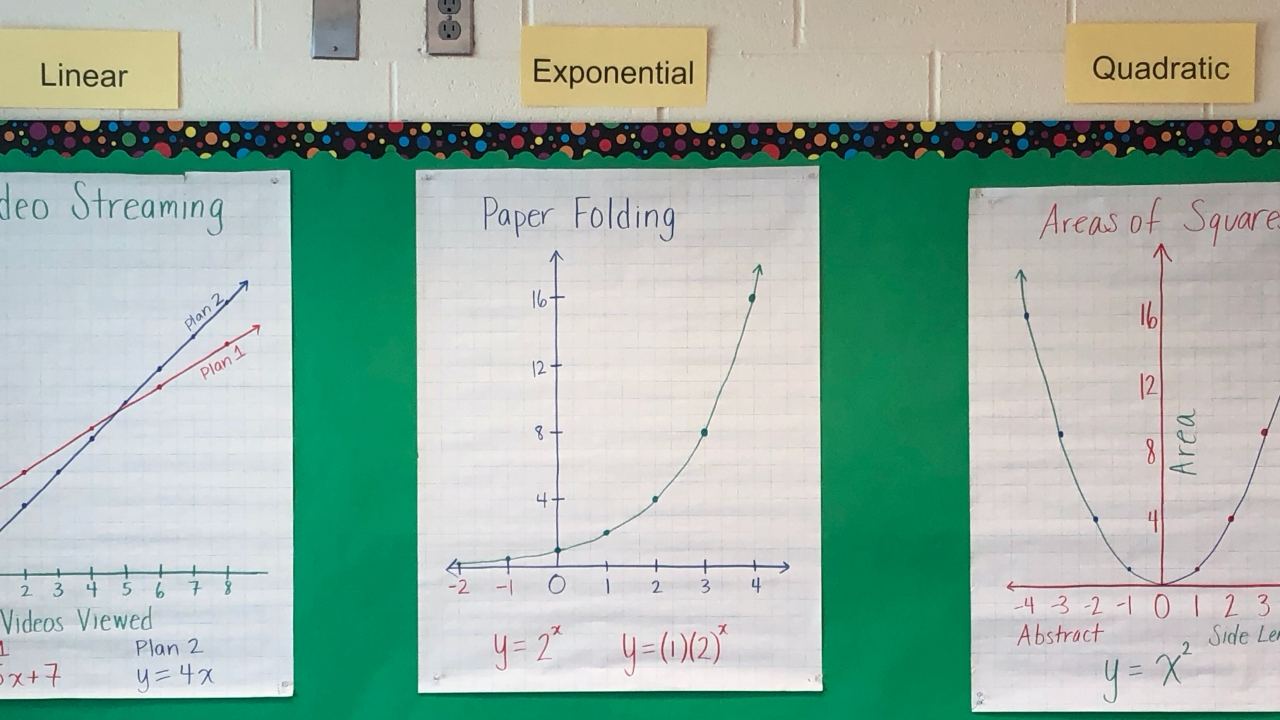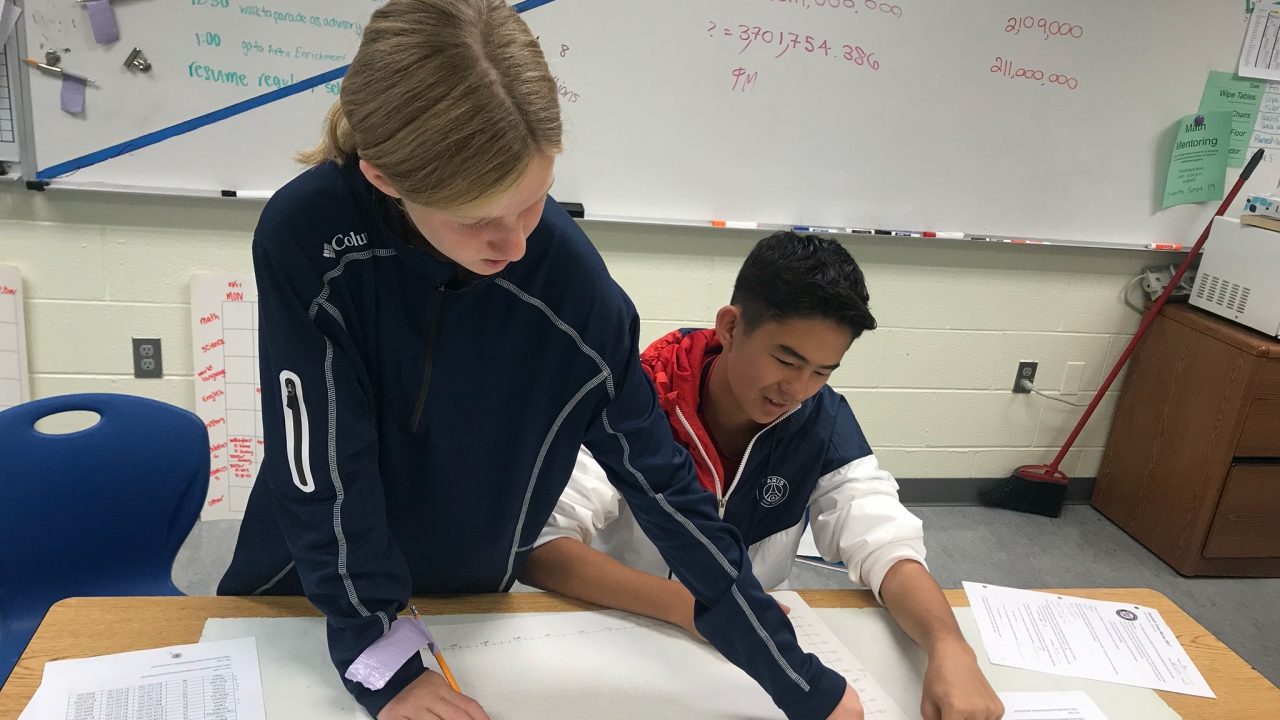Students often think their peers are “smart” at math if they get the right answer quickly. While fluency with math facts allows students to develop their understanding of mathematical concepts more quickly, being a strong mathematician is about noticing patterns to make generalizations, articulating the process used for solving, and justifying why and how the process works. Learning how the mathematical topic is applied in the world around them helps students to develop a deeper understanding of the concepts. Giving students time to share their ideas, notice patterns, and wonder about the connections to their world helps students to “know” the math.
When students work collaboratively to solve dynamic problems in math class, they are able to share their strategies and thinking with each other to expand their toolbox for problem-solving. Middle school math consists of many topics people use in their everyday lives to be informed citizens. For example, students may question why the median salary of an MLB baseball team is significantly lower than the average salary and what that implies about the differences in salaries. Or they might calculate the percent of change of people of color and women in the U.S. House of Representatives before and after the 2018 midterm elections and why the increases are significant. In another class, they may be given different amounts of money to invest and notice that when they have more money, they can also earn more interest and how this fact contributes to economic inequality. Going beyond procedures allows students to grasp not only the mathematical topics more thoroughly, but it also allows them to analyze the world around them.
 Another benefit of collaborating to solve complex problems in math class is the opportunity to make connections between mathematical topics. Fellow Middle School math teacher Lauren Thompson recently noted that after exploring the fractions in the image at right, many students described Gardella’s land as 3/16 of the section because it was three times the size of Bouk’s land. Another student started by saying “Well… Gardella has ¾’s of ¼ of the section.” That summary connected the problem to multiplication in a way that many students had not previously seen.
Another benefit of collaborating to solve complex problems in math class is the opportunity to make connections between mathematical topics. Fellow Middle School math teacher Lauren Thompson recently noted that after exploring the fractions in the image at right, many students described Gardella’s land as 3/16 of the section because it was three times the size of Bouk’s land. Another student started by saying “Well… Gardella has ¾’s of ¼ of the section.” That summary connected the problem to multiplication in a way that many students had not previously seen.
Math is more than getting the correct answers quickly. By valuing multiple perspectives in the classroom, students are able to learn math more deeply and make more connections between the concepts. Math is about tackling complex tasks that encourage students to think critically and creatively to make informed decisions and to be active citizens of the world.






